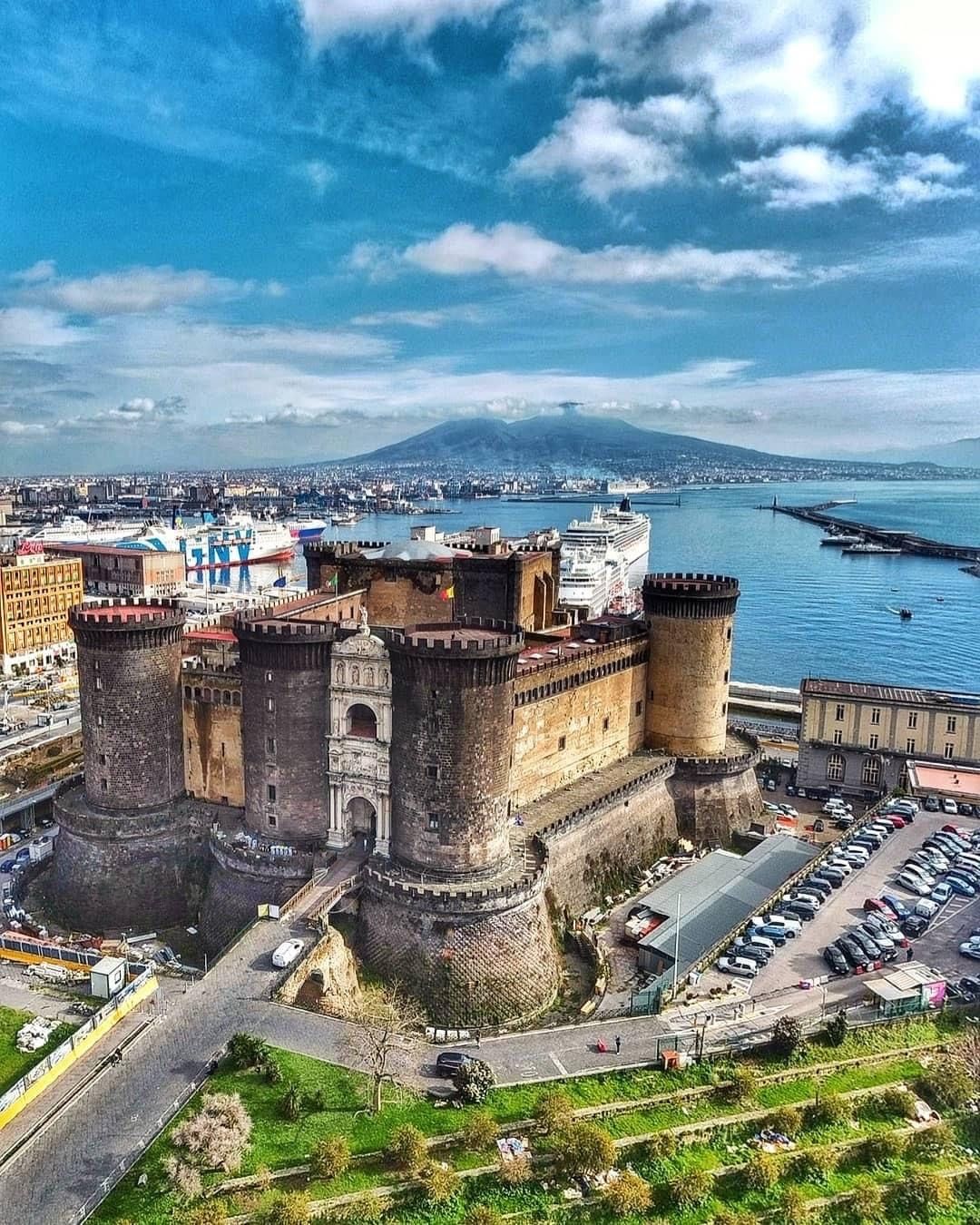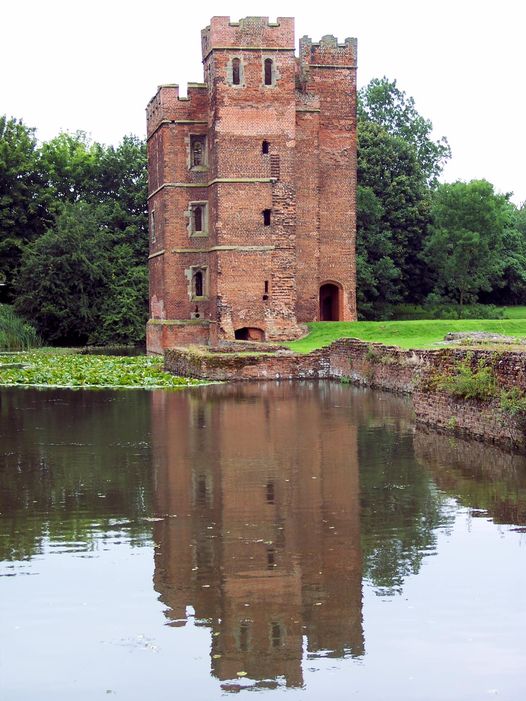Rising majestically on the waterfront of Naples, Castel Nuovo—often referred to as the “Maschio Angioino”—is one of the city’s most iconic landmarks. This impressive medieval fortress has stood for over 700 years, witnessing the rise and fall of kingdoms, the passage of emperors and popes, and the evolution of Naples from a medieval port to a bustling modern metropolis. Its rich history, striking architecture, and cultural significance make Castel Nuovo a must-visit destination for anyone exploring the heart of southern Italy.
Castel Nuovo was commissioned in 1279 by Charles I of Anjou, the King of Naples and Sicily, shortly after he moved his court from Palermo to Naples. The castle was built as a royal residence and a symbol of Angevin power, reflecting the king’s desire to establish Naples as the center of his new kingdom. The castle’s name, “Nuovo” (meaning “new”), distinguished it from the older fortresses in the city, such as Castel dell’Ovo and Castel Capuano.
The original structure, designed by French architect Pierre de Chaule, was built in a Gothic style and included five massive towers connected by high curtain walls. The castle’s strategic location near the harbor made it a key defensive stronghold, protecting the city from both land and sea attacks.
Over the centuries, Castel Nuovo underwent several modifications and expansions, reflecting the changing architectural styles and the needs of its various rulers. In the 15th century, during the reign of Alfonso V of Aragon, the castle was extensively remodeled in a Renaissance style. It was during this period that the castle acquired its most famous feature: the Triumphal Arch, an elaborate marble portal celebrating Alfonso’s entry into Naples.
Throughout its history, Castel Nuovo served not only as a royal residence but also as a fortress, a seat of government, and a cultural hub. It witnessed numerous historical events, including royal coronations, papal visits, and sieges. The castle’s rich history is deeply intertwined with the history of Naples and the broader Mediterranean region.
Castel Nuovo is renowned for its imposing architecture, which combines elements of Gothic, Renaissance, and Baroque styles. The castle’s design reflects its dual role as both a royal palace and a military fortress, with its massive towers and thick walls conveying a sense of strength and grandeur.
The castle’s most striking architectural feature is the Triumphal Arch, which was added in 1453 to commemorate Alfonso V’s conquest of Naples. This magnificent marble arch, considered one of the finest examples of Renaissance sculpture in Italy, is adorned with intricate carvings, reliefs, and statues depicting scenes from Alfonso’s life and the triumph of his reign. The archway is flanked by two of the castle’s five towers: the Tower of San Giorgio and the Tower of the Beverello, both of which add to the fortress’s formidable appearance.
The interior of the castle is equally impressive, with a series of grand halls, chapels, and rooms that reflect the opulence of its royal occupants. The Palatine Chapel, also known as the Chapel of Santa Barbara, is one of the castle’s most beautiful spaces. It features stunning Gothic architecture, frescoes, and a collection of sacred art that highlights the religious significance of the castle.
Another notable interior space is the Hall of the Barons, a vast room with a soaring vaulted ceiling, which was the site of royal ceremonies and gatherings. The hall’s name is derived from a dramatic event in 1486 when several rebellious barons were arrested there by King Ferdinand I of Naples.
Castel Nuovo has played a pivotal role in the history of Naples and the Kingdom of Naples. As the seat of power for the Angevin and Aragonese dynasties, the castle was the center of political and cultural life in the kingdom. It was within these walls that important treaties were signed, royal decrees were issued, and decisions that shaped the fate of the region were made.
One of the most dramatic episodes in the castle’s history occurred in 1294 when Pope Celestine V abdicated the papacy within its walls, an event that led to the election of Pope Boniface VIII. This event is commemorated by a plaque inside the castle.
During the 16th century, the castle was fortified further in response to advances in artillery, and it continued to serve as a military stronghold for the Spanish viceroys who governed Naples. In the 18th century, under the Bourbons, the castle’s role as a royal residence diminished, and it was used more as a military barracks and prison.
Despite the passage of time and the numerous changes in its function, Castel Nuovo has retained its status as a symbol of Naples’ resilience and enduring spirit.
Today, Castel Nuovo is a major cultural and historical attraction in Naples, drawing visitors from around the world. The castle houses the Civic Museum of Naples, which features a rich collection of art, artifacts, and historical documents that trace the history of the city and the region. The museum’s exhibits include medieval and Renaissance sculptures, paintings by Neapolitan artists, and a range of historical objects that offer insights into the daily life of the castle’s inhabitants.
The castle also serves as a venue for cultural events, exhibitions, and concerts, further cementing its role as a cultural hub in Naples. Its grand halls and courtyards provide a stunning backdrop for these events, blending the ancient and the contemporary in a unique way.
Visitors to Castel Nuovo can explore the castle’s many rooms and towers, walk along its ramparts, and enjoy panoramic views of Naples, the harbor, and Mount Vesuvius. The castle’s strategic location near the city center also makes it an ideal starting point for exploring the many other historical and cultural sites that Naples has to offer.
Castel Nuovo stands as a powerful symbol of Naples’ rich history, blending the architectural grandeur of the past with the vibrant cultural life of the present. Its towering walls and elegant Triumphal Arch are reminders of the city’s royal past, while its role as a museum and cultural venue ensures that it remains a vital part of Naples’ identity. Whether you are a history buff, an art lover, or simply a traveler seeking to experience the beauty of southern Italy, a visit to Castel Nuovo offers a captivating journey through the centuries and a deep connection to the enduring legacy of Naples.



